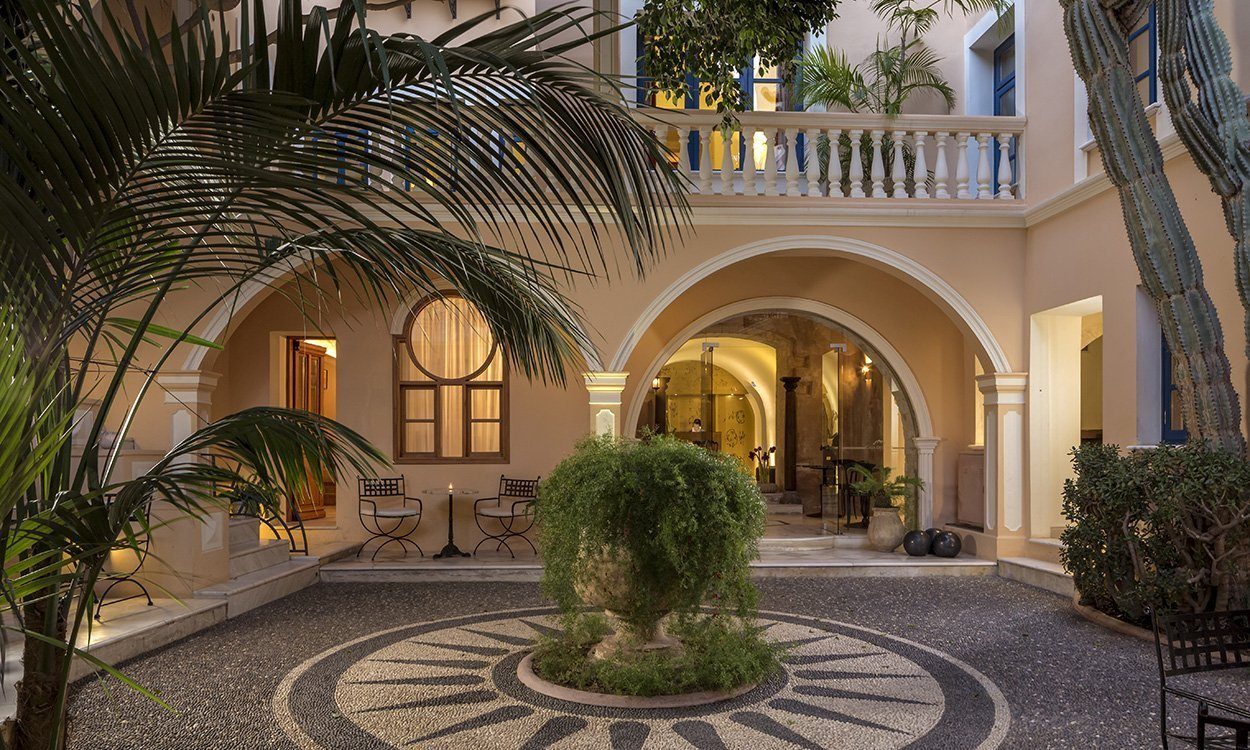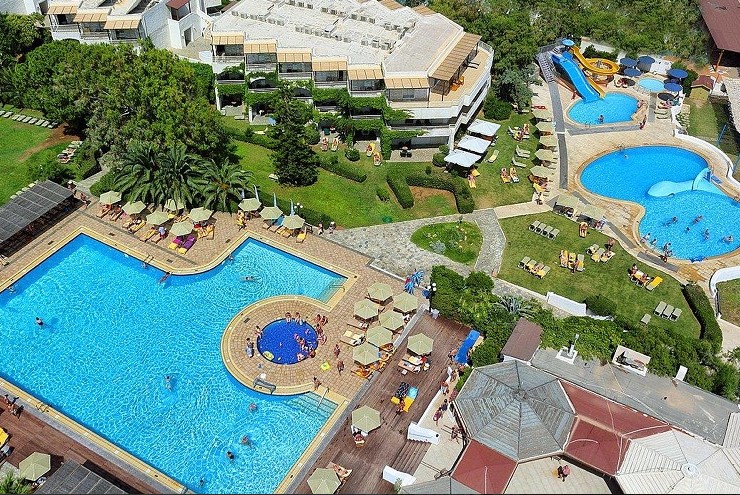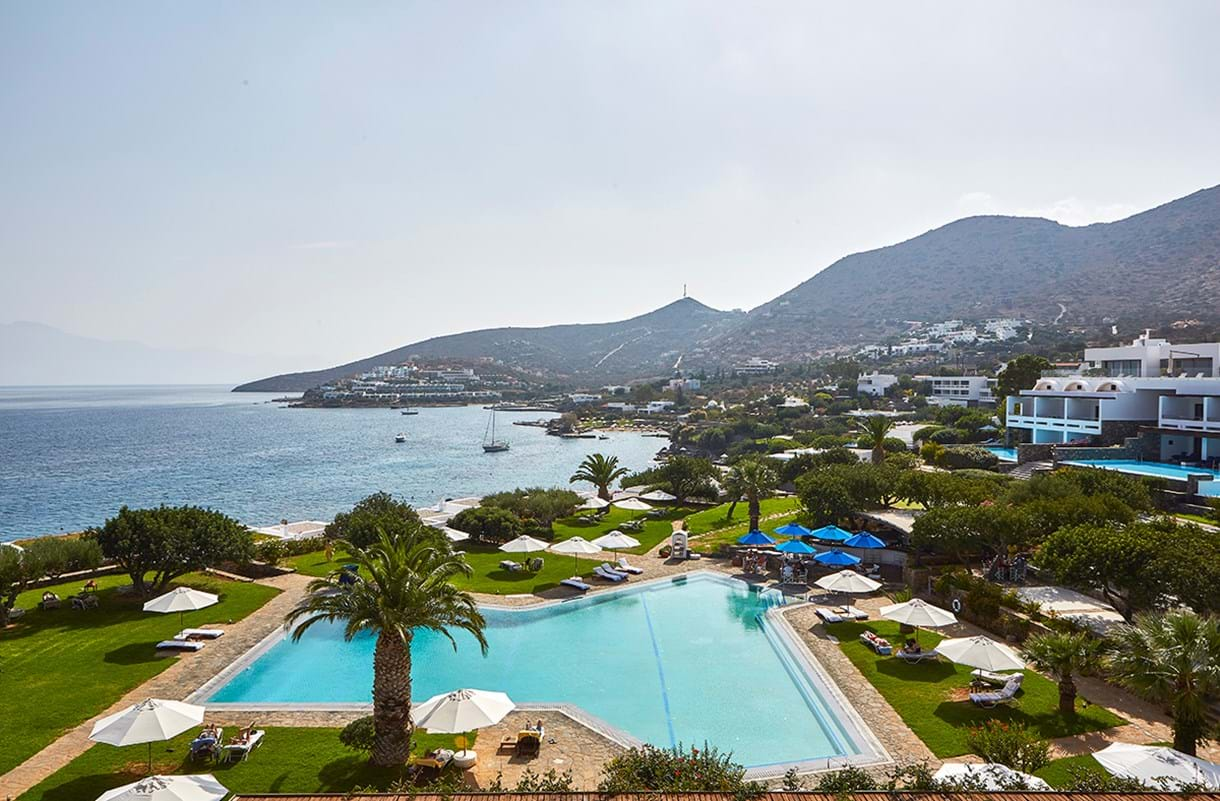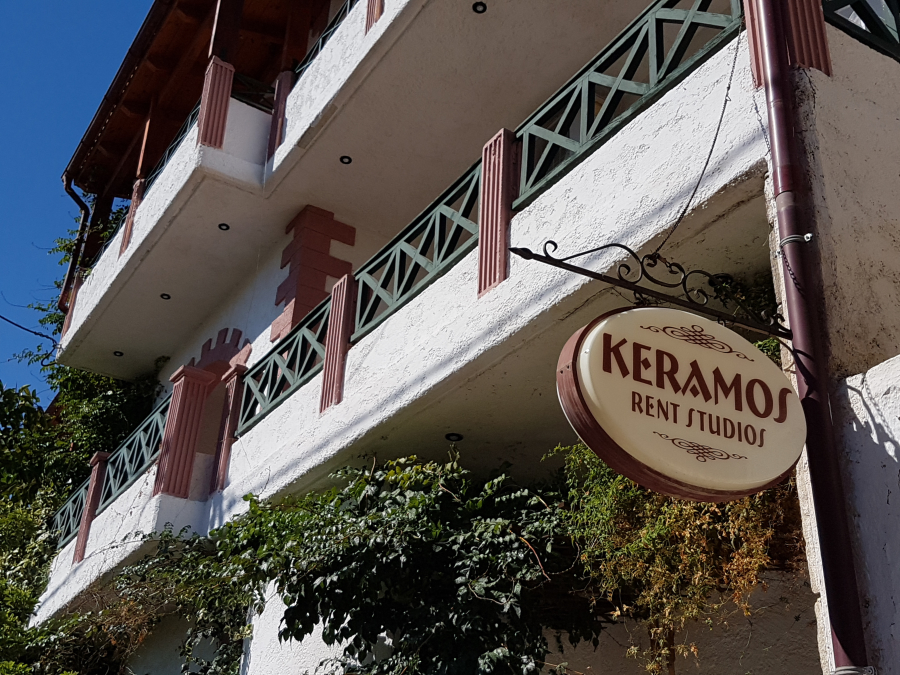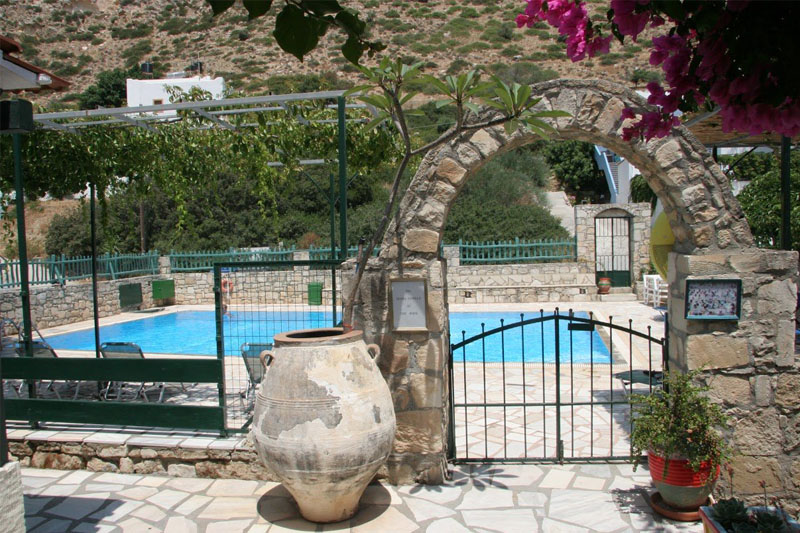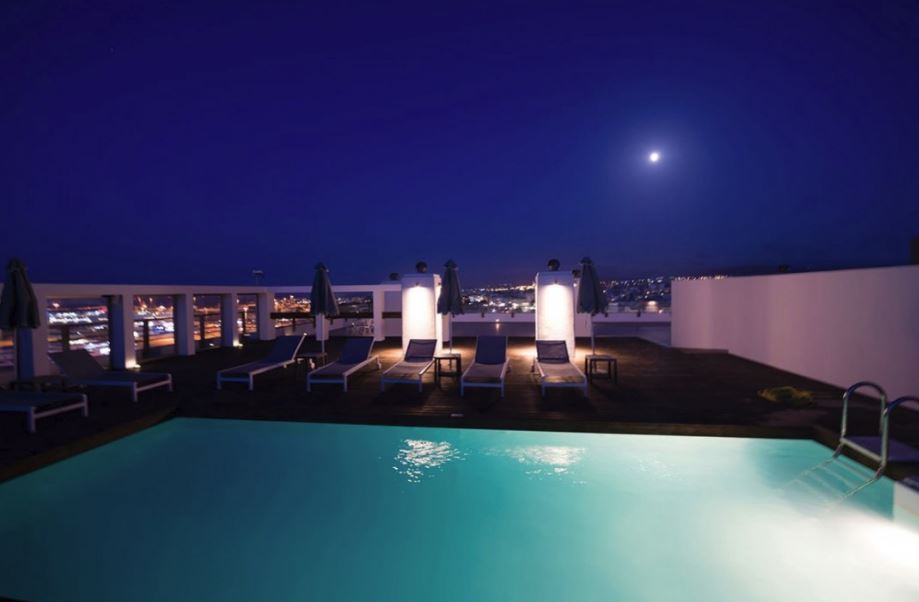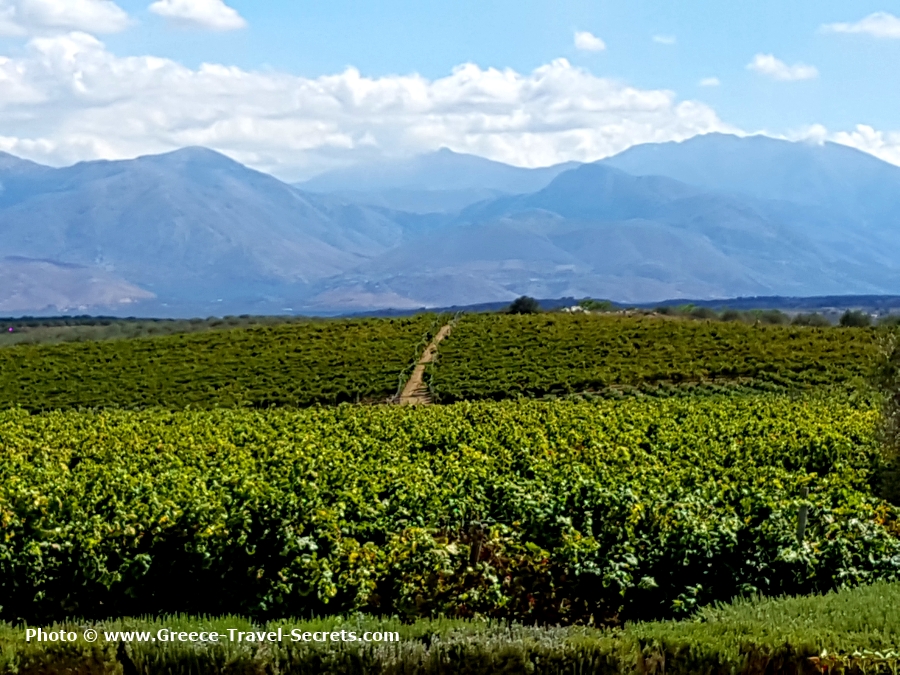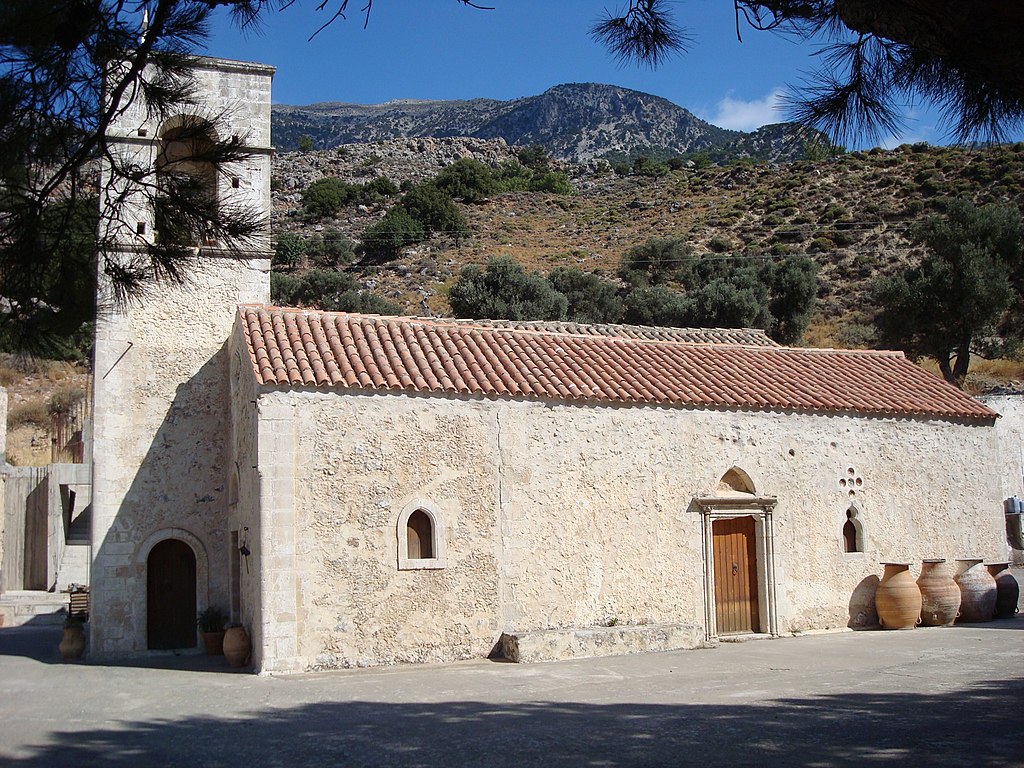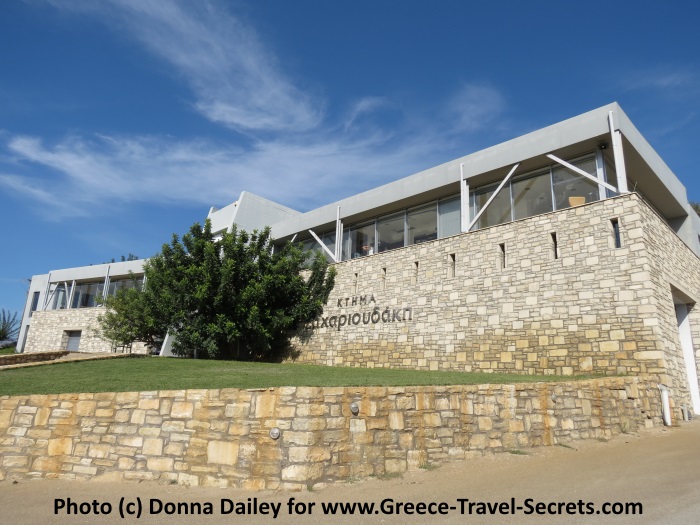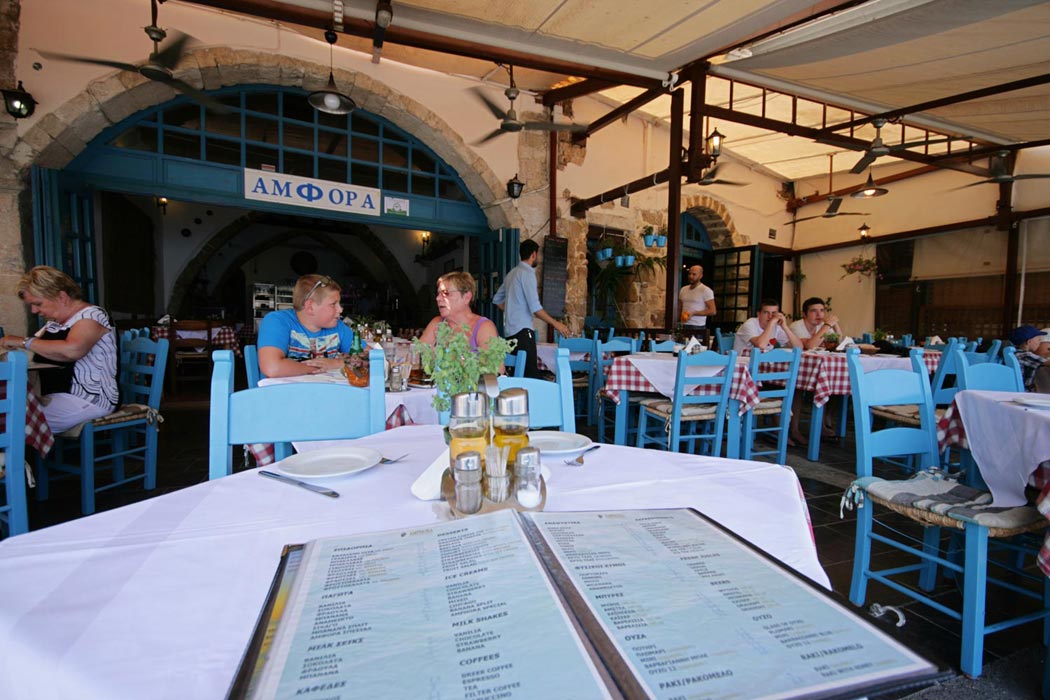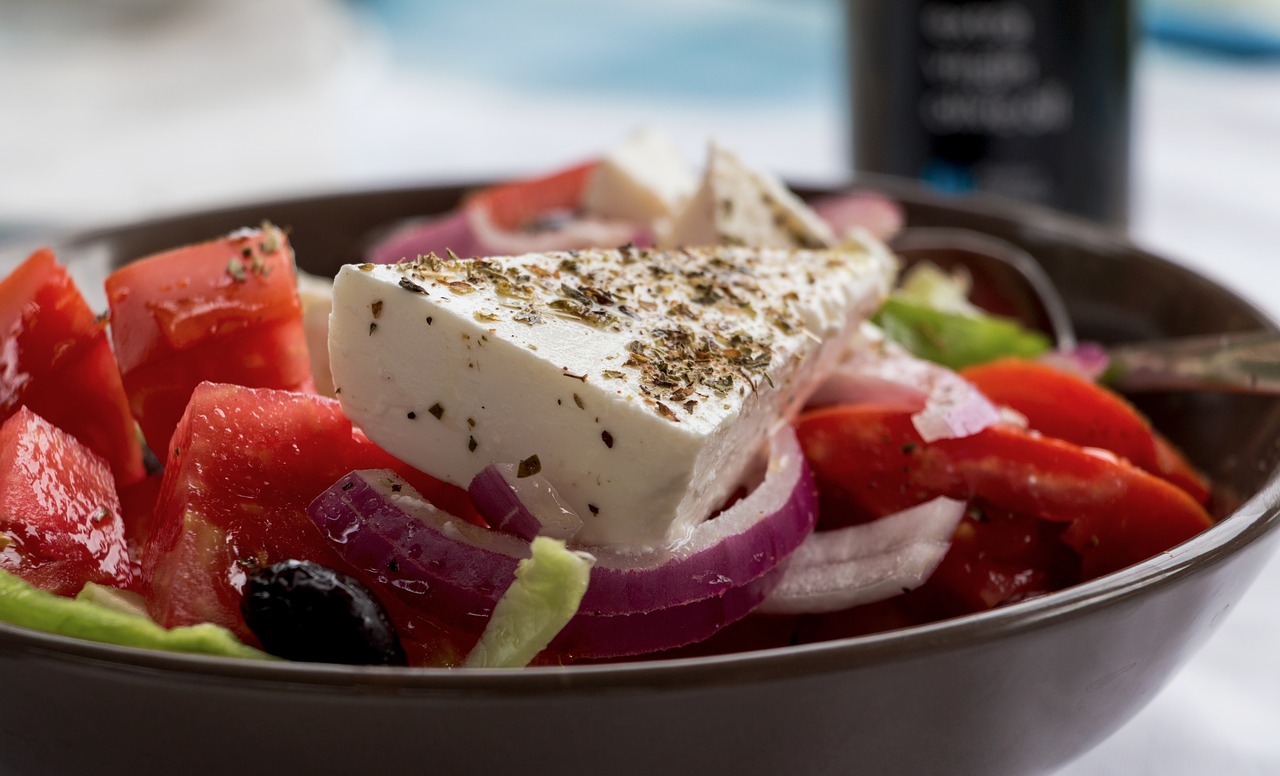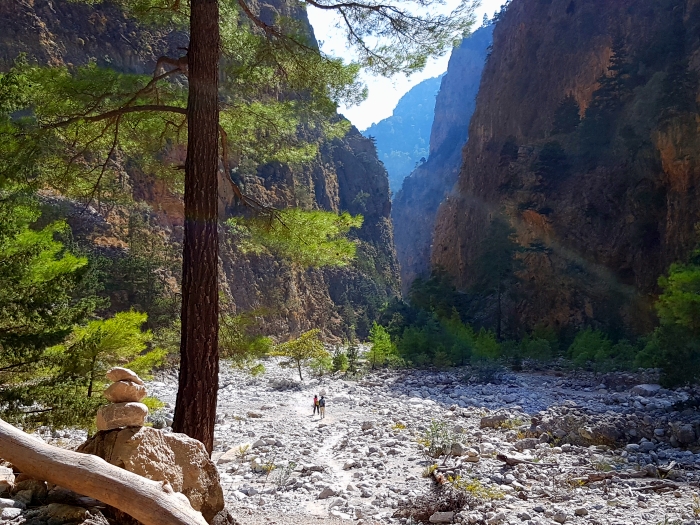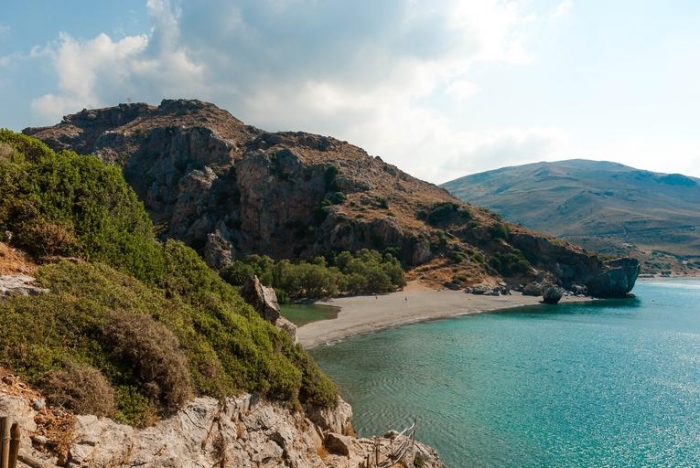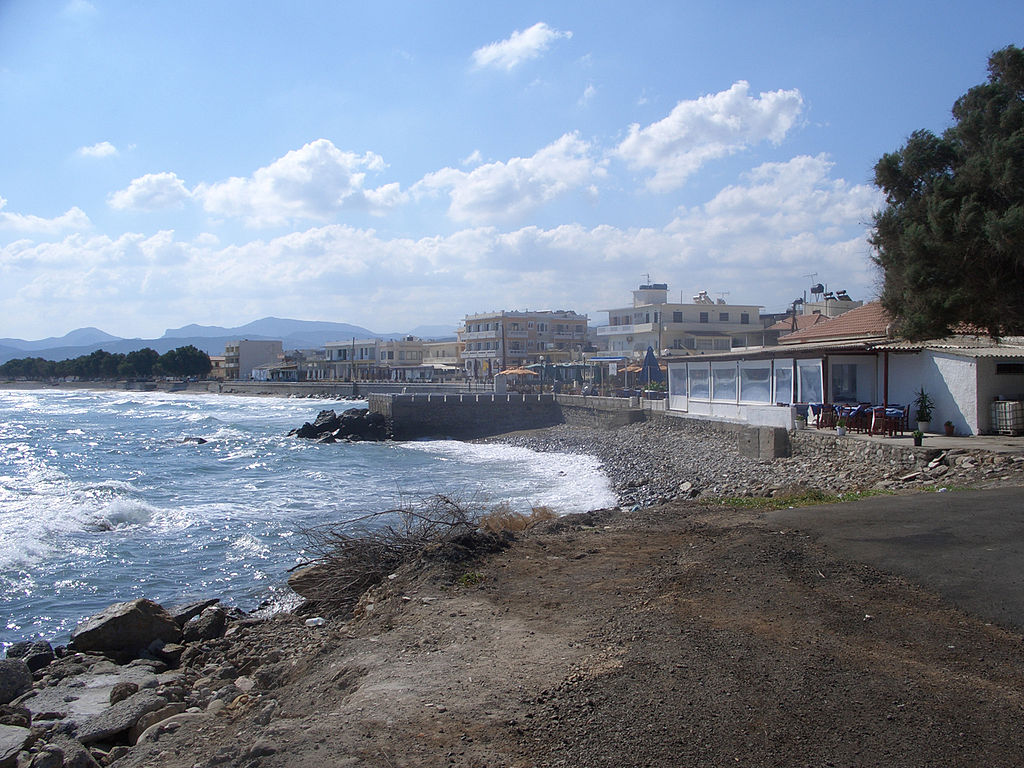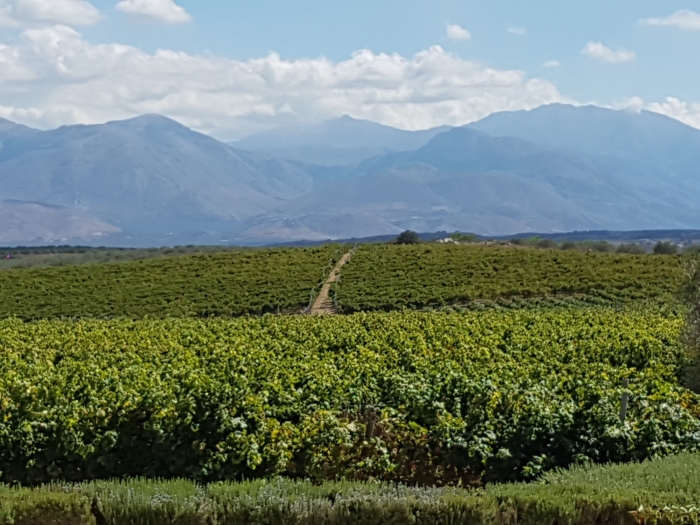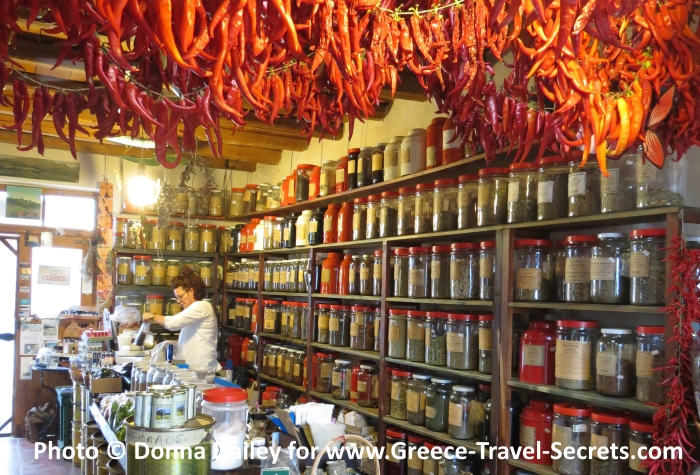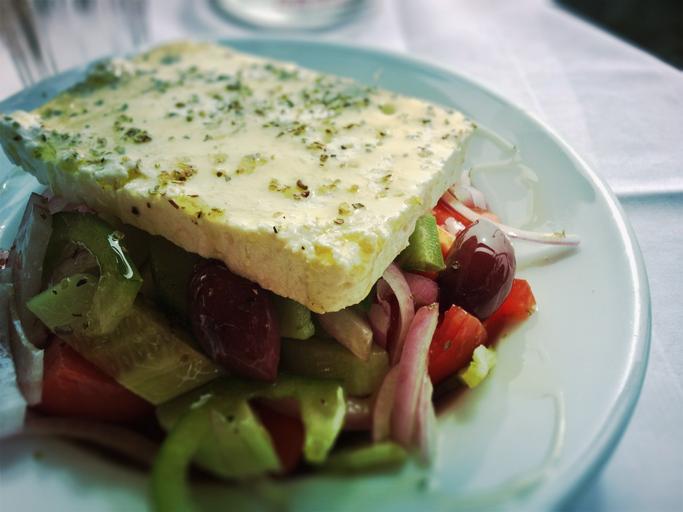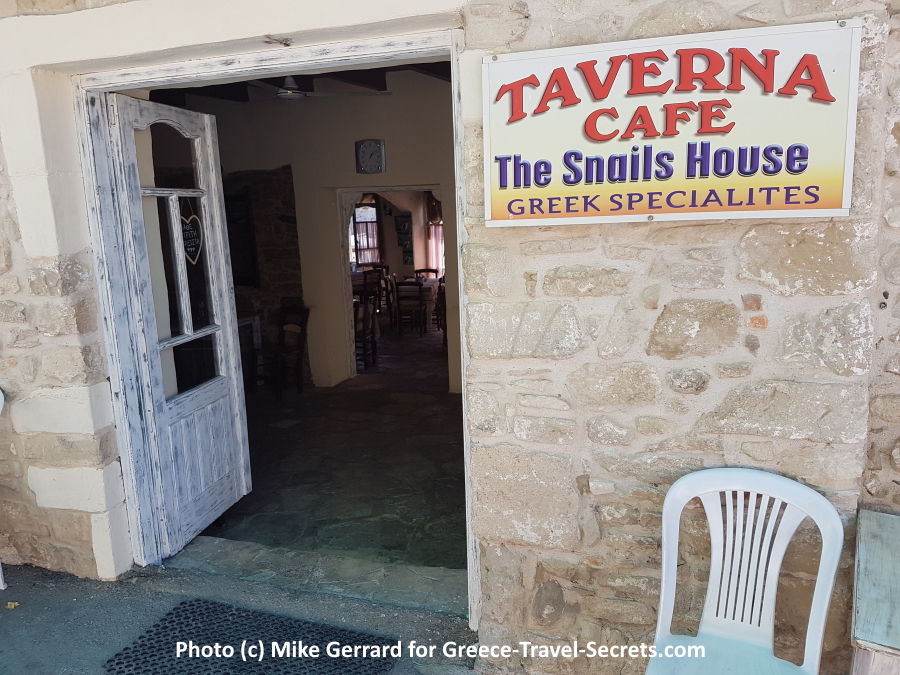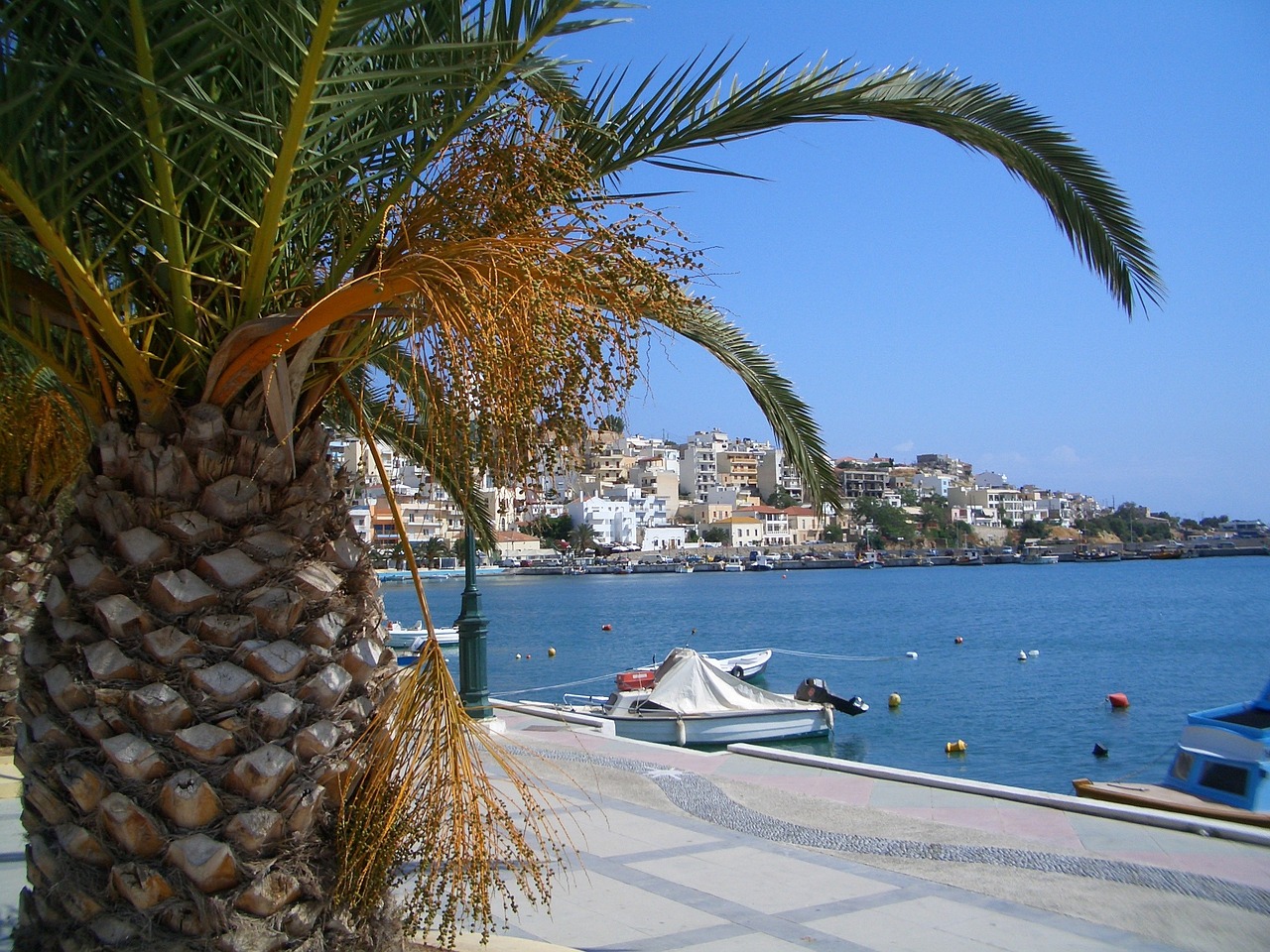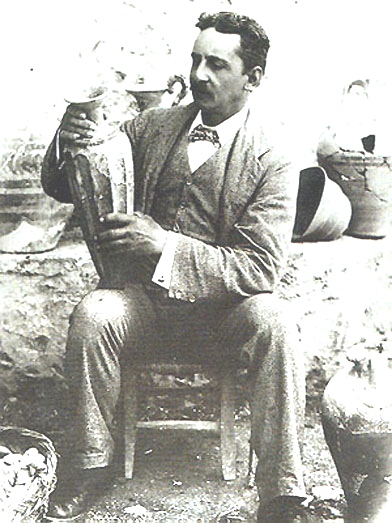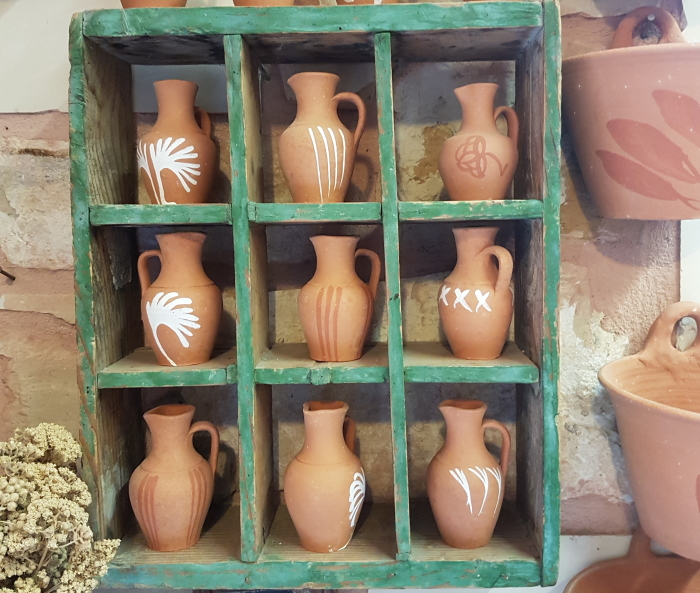Arkadi Monastery
Visiting the Arkadi Monastery near Rethymnon is one of the best things to do on Crete.
Standing proudly at the end of a steep, twisting road on the edge of the Psilorítis Mountains, not far from Rethymnon, the Arkadi Monastery (Moni Arkadhi in Greek) contains one of the finest Venetian churches on Crete. But its striking facade is not the only reason to visit. The tragic events that took place here in 1866 made it a national symbol of Crete’s heroic struggle for independence.
The Arkadi Monastery is so important in Greek history that in pre-Euro days it was depicted on the old 100-drachmae note.
History of the Arkadi Monastery
Though Arkadi’s origins date back to the 5th century, the present church was built in 1587, with the surrounding buildings added during the 1600s. By the 19th century it had become one of the most prosperous monasteries on the island and was a centre of resistance against the Turks.
Siege of the Arkadi Monastery
During the 1866 rebellion, nearly 300 guerrilla fighters and some 700 women and children took refuge in the monastery. The Turks laid siege to it, and after three days broke through the gates on 9th November. As they rushed in the abbot ordered the ignition of the gunpowder stores, even though civilians were hiding inside.
Hundreds of people, Cretans and Turks alike, were killed in the massive explosion. The angry Turks slaughtered most of the survivors. But this heroic act of sacrifice galvanised support for Cretan independence both at home and abroad.
Tips on What to See
Take a close look at the crucifixes high on either side of the church’s altar screen. They both have ladders propped up against the cross and a skull and crossbones at the foot of each one. In the courtyard outside the refectory is an ancient cypress tree with a shell from the Turkish siege still embedded in its trunk. An arrow marks the spot.
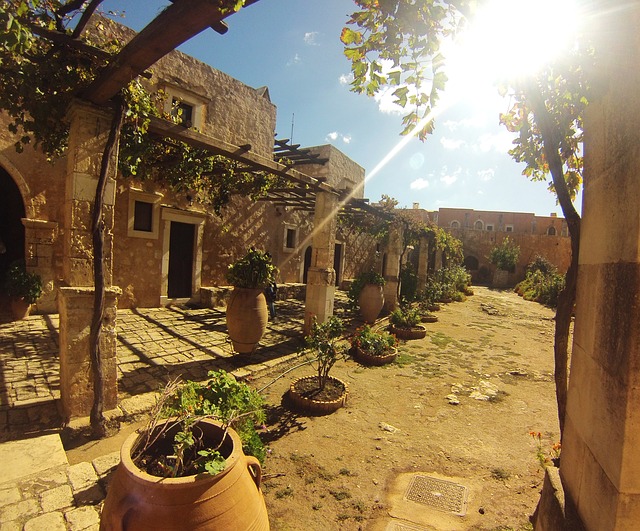
The Venetian Church
Although the Turks set fire to the Church, its lovely facade of golden stone survived. The two-nave edifice with its graceful bell tower stands in the centre of the courtyard. Inside is a beautifully carved altar screen of cypress wood, executed in 1902. On the right-hand side is a large gilt-framed icon of Christ, part of a scene of the Resurrection from the church’s original altar screen.
The Refectory
To the left of the church is the Refectory, where 36 freedom fighters were massacred. You can still see sword marks on the long wooden table and benches. Above the refectory is a room with portraits of Cretan patriots throughout history.
The Gunpowder Magazine
At the far left side of the courtyard you can step down into the roofless gunpowder magazine – formerly the monk’s wine cellar – where the holocaust took place. A simple shrine commemorates the tragedy.
Other Features
On the opposite side of the courtyard, the arched stone arcade over the old cloisters is very atmospheric. Above is a small museum which houses historic items from the monastery, including a fragment of the Sacred Banner and the battered old refectory door with visible bullet holes.
The ossuary, housed in a former windmill outside the gate near the parking area, contains the skulls and bones of the people who died in the great explosion.
Driving Tip
If driving on towards Elevtherna note that the road is the one which appears to go through the monastery grounds. The signpost is at the far end.
YouTube Video
Visitor Information
Phone: 08310-83116
Open: daily 8am-8pm (summer), 9am-6pm (winter)
Getting There: There are direct buses from Rethymnon,
otherwise you will need a car.
There is a modest admission fee
Location of the Arkadi Monastery
The monastery is about 18kms (11 miles) southeast of Rethymnon, and should take just under half an hour by car.

Latest Posts
-
Explore Vikos Gorge: Hiking, Rafting, and Food in Zagori
One of the most impressive canyons in Europe and one of Greece’s favorite mountain destinations, Vikos Gorge invites hikers and food lovers alike. -
Lefkada: The First Ancient Theater of the Ionian Islands Comes to Light
The first ancient theater ever discovered in the Ionian Islands is located in the heart of the ancient city of Lefkada, established before the end of the 7th century BC. -
5 Epic Island Hikes in Greece for Spring Explorers
This spring, five majestic peaks across Greece’s islands invite us to lace up our boots and discover a wilder side of island life. -
Greek Ferry Services to Halt on May 1 Due to Labor Strike
Ferries in Greece will remain docked for 24 hours on Thursday, May 1, as the Pan-Hellenic Seamen’s Federation (PNO) joins Labor Day mobilizations announced by the General Confederation of Greek Labor… -
Sifnos: Greece’s Hidden Culinary Star on the Rise
Sifnos, a Cycladic island, is gaining fame for its rich culinary heritage, especially the beloved melopita honey-cheese tart. -
Easter in the Mystical Castle of Monemvasia
In the castle town of Monemvasia, with its dramatic medieval backdrop and sea views, Easter is a deeply spiritual and atmospheric experience. -
Easter in Leonidio: A Tapestry of Light, Culture and Cliffs
In Leonidio, Easter comes alive with handmade hot air balloons in the sky and lanterns made from bitter oranges in the streets. -
The Lesser-Known Traditions of Greek Easter
Step off the beaten path this spring and discover the enchanting — and often surprising — Easter traditions found across Greece. -
April 9 Strike in Greece to Impact Public Transport, Ferries and Air Travel
Transportation and travel across Greece will face disruptions on Wednesday, April 9, as public transport, ferry and aviation workers join a nationwide strike called by Greek labor unions. -
Ancient Theater of Lefkada Brought Fully to Light Following Systematic Excavation
The Greek Culture Ministry has announced that the first ancient theater ever identified in the Ionian Islands has recently been brought fully to light on Lefkada, revealing an impressive monument that…



